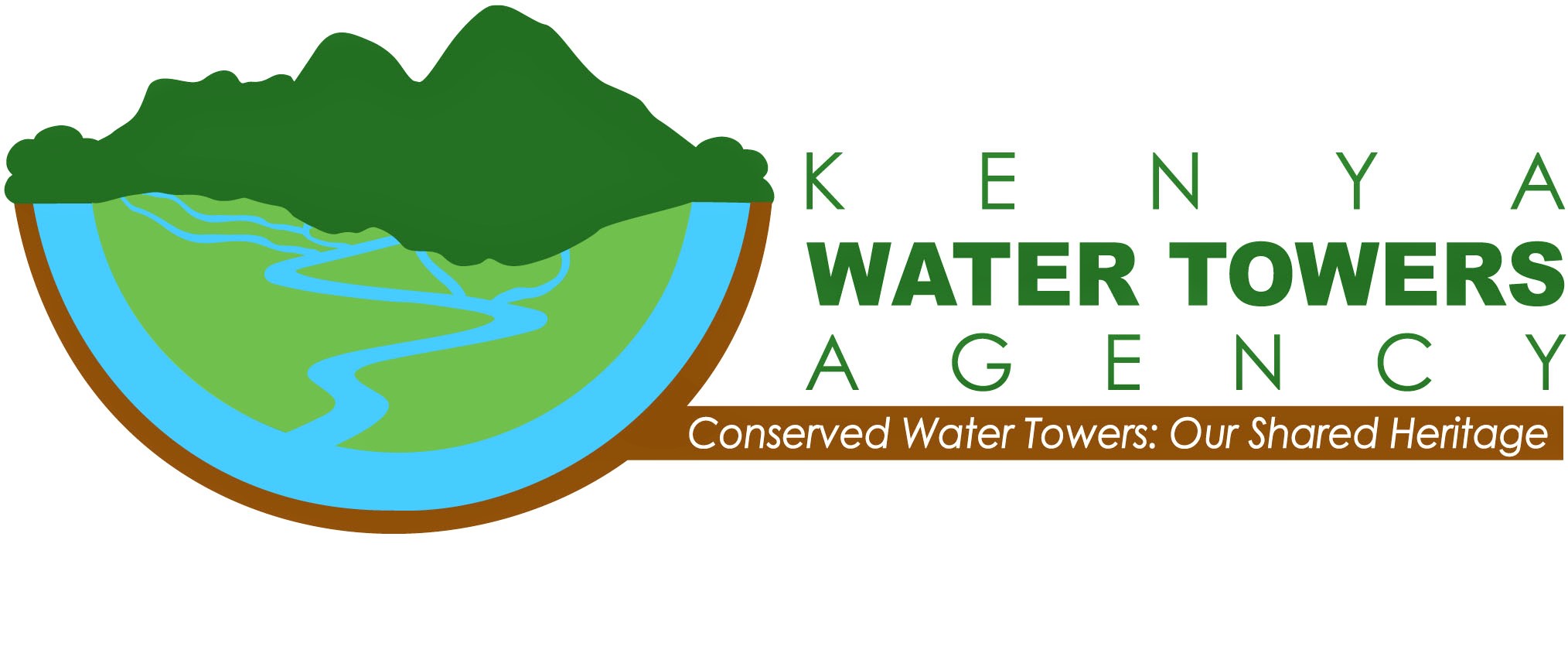- About
- Critical Goals
- Fire Monitoring
-
- Cherengany Hills
- Mt.Elgon
- Makuli-Nzaui Hills
- Chyulu Hills
- Gwassi Hills
- Namanga Hills
- South Western Mau
- Mwangea Hill
- Mt Kulal
- Nthangu-Kitondo Hills
- Nandi Hills
- Shimba Hills
- Loita Hills
- Mbooni Hills
- Mt. Marsabit
- Nyambene Hills
- Kirisia Hills
- Endau Hill
- Maasai Mau
- East Mau
- Kasigau Rukinga Hills
- Elgeyo Hills
- Matthews Range
- Western Mau
- Ngong Hills
- Southern Mau
- Mount Kipipiri
- Kabonge Museve Hills
- Nuu Hills Water Towers
- Ngaya Water Tower
- Huri Hills
- Imenti-Kiega Water Tower
- Muumoni-Gaikuyu Water Tower
- Loima Hills
- Tinderet
- Marmanet
- Maps
-
- Cherengany Hills
- East Mau
- Endau Hill
- Elgeyo Hills
- Namanga Hills
- Chyulu Hills
- South Western Mau
- Mt Kulal
- Mwangea Hill
- Nthangu-Kitondo
- Gwassi Hills
- Makuli Nzaui Hills
- Maasai Mau
- Mt Elgon
- Mt Marsabit
- Shimba Hills
- Kirisia
- Mount Kipipiri
- Nyambene Hills
- Mbooni Hills
- Nuu Hills
- Ngaya
- Muumoni-Gaikuyu
- Kabonge Museve Hills
- Imenti-Kiega
- Dashboard
- Story Maps
